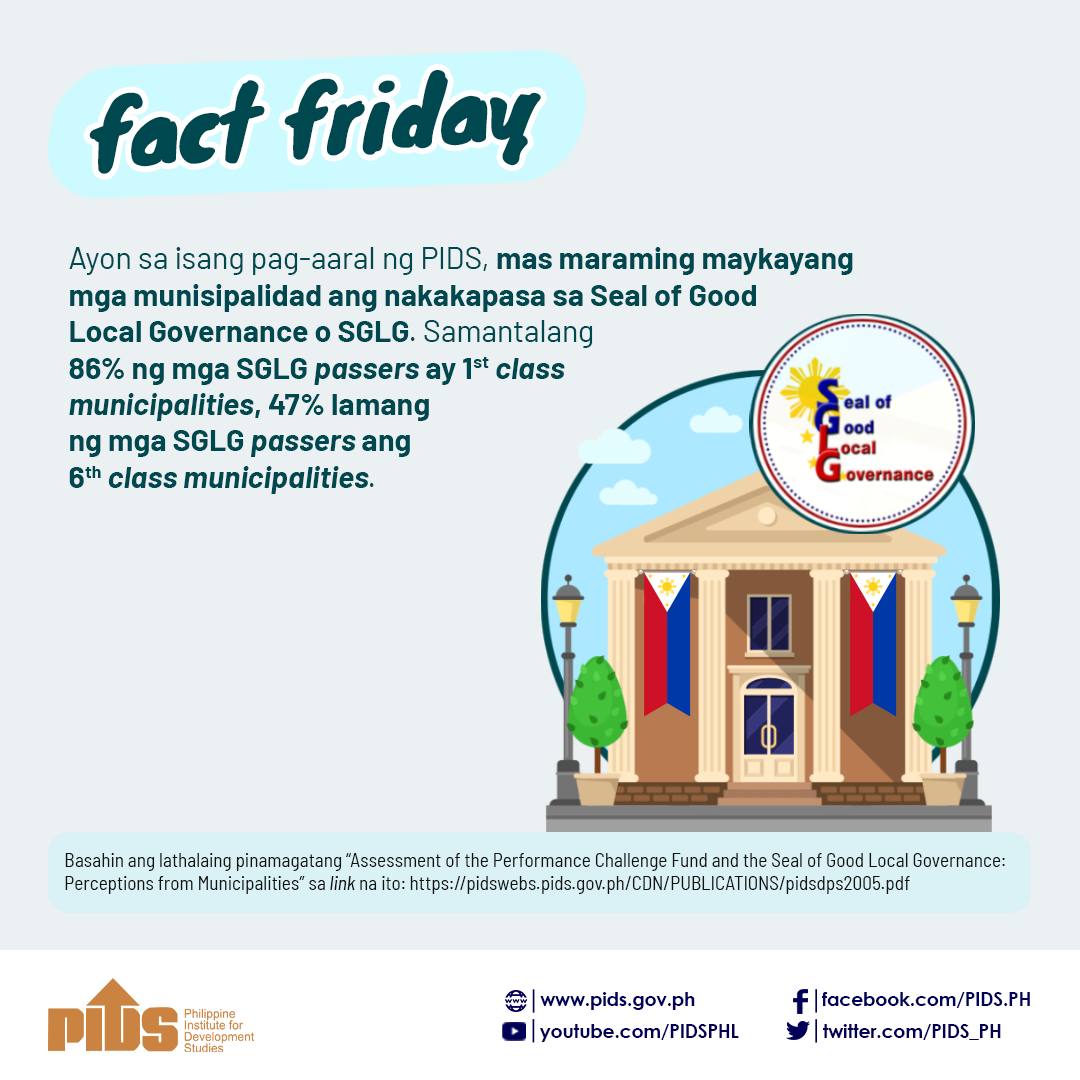THE agriculture sector will continue to have difficulties contributing to the expansion of the country’s economy even after the rice import caps have been converted into tariffs, according to a study by the Philippine Institute for Development Studies (PIDS).
In a study, titled “Scenarios for the Philippine Agri-Food System with and without Tariffication: Application of a CGE model with Endogenous Area Allocation,” PIDS Senior Research Fellow Roehlano M. Briones used a new Computable General Equilibrium (CGE) model for his estimates.
“The baseline scenario finds that growth patterns prevailing since the 2010s can be sustained within the SDG [Sustainable Development Goals] period assuming productivity trends in the industry and service sectors continue,” the study read.
“Unfortunately, the scenario also implies that the mediocre growth performance of agriculture will likewise be sustained into the foreseeable future,” it added.
Sans the conversion of the quantitative restriction (QR) on rice, Briones said GDP growth would average 6.12 percent. However, with tariffication, average GDP will improve by 0.05 percentage point and reach 6.17 percent between 2016 and 2030.
“Tariffication is disadvantageous to the palay sector across various measures, namely, area harvested, yield and production. Even agriculture as a whole is adversely affected, experiencing a further growth slowdown,” Briones said.
“Overall growth of GDP, as well as household per capita expenditure, rises with greater openness to rice imports. Consistent with expectation, imports are larger with tariffication, leading to more affordable consumer price of rice, and therefore greater rice demand,” he added.
Briones used the new CGE model to estimate GDP growth, wages, crop area and crop yield, output and exports of agri-food sectors. The baseline scenario was estimated without rice tariffication and the other estimate is with rice tariffication.
Based on his estimates under the baseline scenario, growth will be fueled by the industry sector, which may expand anywhere between 6.5 and 7.5 percent annually, or an average of 7.07 percent in the 2016 to 2030 period.
Services is expected to take a backseat and grow at an average of 6.16 percent between 2016 and 2030. The agriculture sector, Briones said, is the “laggard basic sector,” as it would expand by only 2-3 percent annually, or an average of 2.44 percent during the period.
In the tariffication scenario, the industry sector will contract by 0.2 percentage point, placing average growth to 7.05 percent in the 2016 to 2030 period.
Agriculture sector growth is also expected to take a hit as it could see a contraction of 1.24 percentage points. This will bring down agriculture growth to an average of 1.2 percent during the period.
However, the services sector could grow slightly faster by 0.23 percentage point, with expansion averaging around 6.29 percent between 2016 and 2030.
“The reason is likely due to higher purchasing power of households as rice gets cheaper due to lower import barriers,” Briones said.
Baseline scenario
In the baseline scenario, wages in the industry and services sectors would increase by 2.93 percent by 2029, from 1.94 percent in 2016.
Briones noted that the industry-service wage is 1.94 times higher than agricultural wage. Agriculture wages would rise by 1.52 percent by 2029, from 1 percent in 2016.
The estimates made by Briones showed that post-tarrification, wages in the industry and services sectors will grow faster than the baseline scenario by 1.8 percent.
However, he said the reverse trend occurs for agriculture wage under tariffication, as this could decline by 16.5 percent compared with the baseline.
“Given only slight improvement in output compared to a large deterioration in agricultural wage, it is not clear that household welfare has improved,” Briones said.
Rice tariffication, according to Socioeconomic Planning Secretary Ernesto M. Pernia, will enable consumers to source affordable rice from various sources and not just from the National Food Authority (NFA).
The rice tariffication bill amends the two-decade-old Republic Act 8178, otherwise known as the Agricultural Tariffication Act of 1996, and replaces the quantitative restriction on rice imports with tariff.
The bill, which was ratified by both chambers of Congress on November 28, is set to be transmitted to Malacañang for the President’s signature.
Under the new rice importation regime, legitimate rice traders can now import rice sans NFA permits, provided they secure a sanitary and phytosanitary import clearance from the Department of Agriculture-Bureau of Plant Industry and pay the appropriate tariff to the Bureau of Customs.
The proposed law also provides for the establishment of the Rice Competitiveness Enhancement Fund consisting of tariff revenues. A portion of the rice tariff revenues in excess of P10 billion will be used to provide direct financial assistance to rice farmers.












